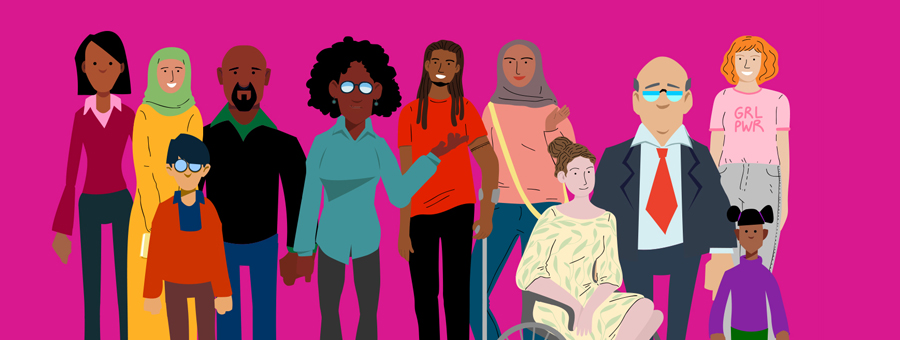At Bridgeport Generation Now, we believe that Livability is about our city having access to everything it needs to thrive.
Livability is the sum of the factors that add up to a community’s quality of life, including:
Built Environment – complete streets, public space, walkability, infrastructure, transit
Natural Environment – waterways, parks, air quality, wildlife, climate, pollution
Economic Prosperity – intergenerational wealth, income equality, education, employment, homeownership.
Social Stability – health outcomes, cost of living, housing, community and civic engagement, support for children and families, support for vulnerable populations
Educational Opportunities – access, equity, overall quality and cultural competence, and preparedness/outcomes
Social Equity – who can and cannot access social stability and educational opportunities?
Cultural Possibilities – collective history, heritage, languages, art, foods, practices.
Entertainment – restaurants, public art, nightlife, museums, music, festivals
Recreation – youth/adult sports and programming, exercise and leisure activities, quality/accessibility of spaces for outdoor public use
For more data surrounding Bridgeport’s livability, please read the Fairfield County Community Foundation’s Community Wellbeing Index 2016.
Please continue reading below for our 2017 research and policy recommendations.



